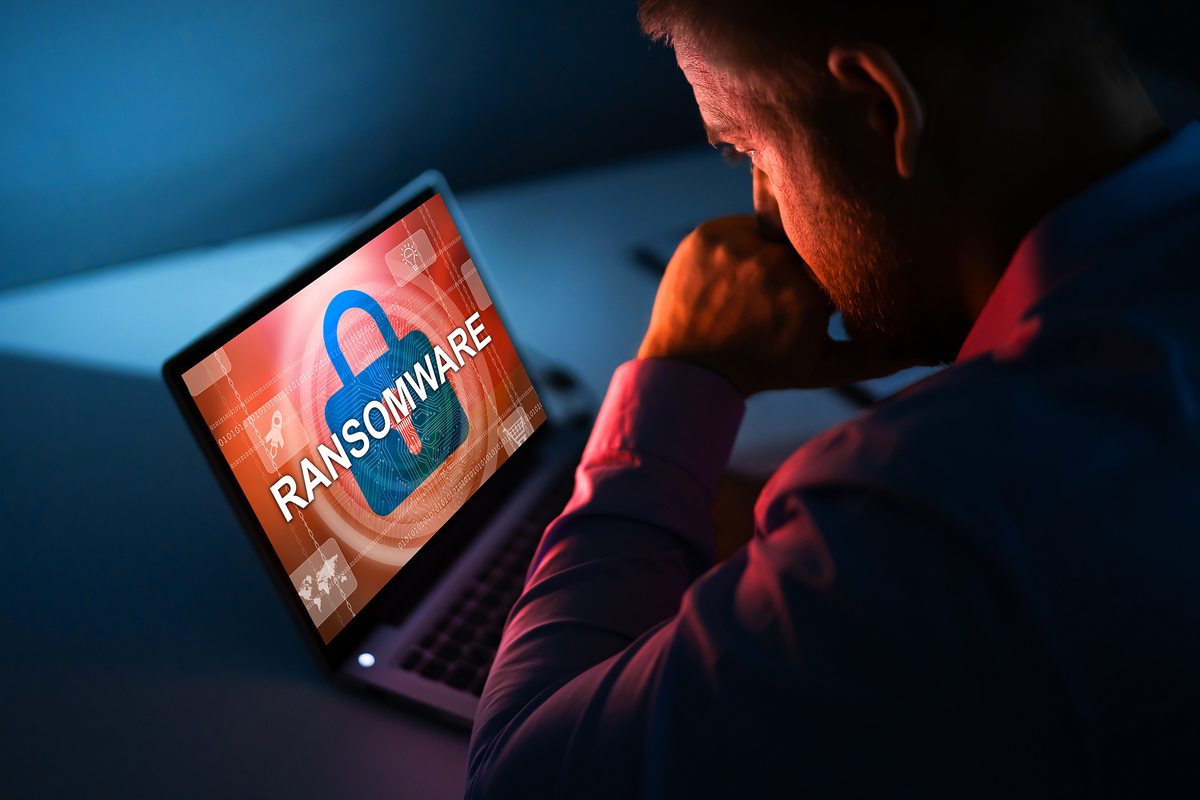Ransomware refers to any malicious software used by malicious operators to extort money from unsuspecting victims. It’s a type of malware that locks you out of your device once sent to your phone. The implication is that you’ll not access anything on your computer phone before you pay the ransom that the hackers are demanding. This article shows you the top tips you need to know to protect yourself from these attacks.
1. Unverified links are usual traps
Bad actors will use any trick to master to ensure they get you to click on unverified links. The moment you click on those links, you might realize strange downloads starting on your computer or phone. After these downloads complete, they take your phone hostage and demand that you make payment for them to be removed.
Paying the perpetrators often seems like the most sensible thing to do in such instances. But, you don’t have any form of assurance that you’ll have your data back or that the phone will be unlocked after submitting the payment.
Instead of taking the risk of experiencing frustrations at the hands of these bad actors, you can decide to be proactive. Don’t ever click on a link you can’t authenticate the source. In case your device is also affected by such cyber issues, consult with an expert or get a reliable ransomware removal software.
2. Emails too can land you in trouble
You might also receive an email with an attachment you’re required to download. But the best approach here would be to not open attachments from strange senders. The bad actors are nowadays going out of their way to ensure they increase the chances of you falling for their dirty schemes. They might even come up with an email that is as close as possible to that of a person familiar to you. Based on the trust you’ve got such a person, it’s almost sure that you’ll click on the attachment even without thinking about it.
That’s where you should always pause and think through whatever you’re about to do. Furthermore, be even more cautious if the attachment prompts you to enable macros so that you can view its content. Where you have your doubts, get in touch with the send and double-check with them to ensure you’re not taking any false steps.
3. Don’t download from any website
Trust is an essential component when it comes to websites that require you to download content from them. If a website is unknown to you, you should refrain from browsing it, clicking on its ads, or downloading content from it.
Check to see if a lock or shield symbol is appearing in the address bar. If so, then the site may be secure, although you might want to run a few more tests so that you’re confident. Look at the address bar and see if it starts with “HTTPS” instead of “HTTP.”
If you’re using a mobile phone, your best shot at avoiding ransomware is downloading from the App Store or the Google Play Store.
4. Don’t give out personal data
You’ll also receive requests from unknown sources asking you to divulge your personal and confidential information to them. The perpetrators might contact you through email, text, and even voice calls. In many of these cases, they’ll pose as agents from the bank, your internet service provider, or even mobile phone service carriers.
They’ll offer to give you some kind of help which you didn’t ask for in the first place. Whatever their approach, don’t fall for their trap. Don’t corporate with them and instead, contact the reliable software company independently to make further inquiries on the same.
5. Avoid unfamiliar USBs
Unfamiliar USBs can deal you a devastating blow if you insert them recklessly into your computer. Cybercriminals also use these devices by infecting them with ransomware and leaving them inaccessible places.
When you come across such, you’ll be tempted to think someone dropped them accidentally, and so there’s no harm in picking them. If you don’t ignore the disks, that could be the beginning of agony and regrets.
6. Update software and operating system regularly
You must update the software packages you’re using on your phone and computer regularly. The updates bring them to significant security issues that bad actors will exploit when they know their existence.
7. Use a VPN to mask your identity and location
When you’ve got no choice but to use public Wi-Fi, you can use a VPN to hide your identity and location. It’s one of the things that hackers and bad actors haven’t figured out how to overcome. If you’re on a VPN, you’re safe from the vulnerabilities of using public networks.
8. Use antivirus or security software
Using ransomware protection for your computer or phone should be a significant priority for you. Of course, comprehensive internet security software such as Kaspersky will require that you spend on them. However, considering the risks of not having one, it’s an investment that’s worth every dime you spend on it. Such internet security solutions will intercept infected files and prevent the ransomware from messing up your computer.
9. Backup your data
Backing up your data is a contingency plan that will safeguard you if your device is hacked and you can’t access it. You copy the information on an external hard drive and then store it away in a secure place. Keep the data in the cloud so that you can always revert to an earlier version of the same data in case of an attack.
That’s how you take charge of your privacy and the security of your data. Remember, these things appear too far when we’re just reading about them. We come to our senses when the hackers have struck, and it’s too late to do anything at that time. The key is to start today and use the tips we’ve shared to prevent the worst from happening.





